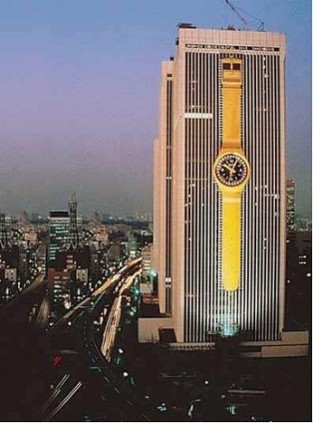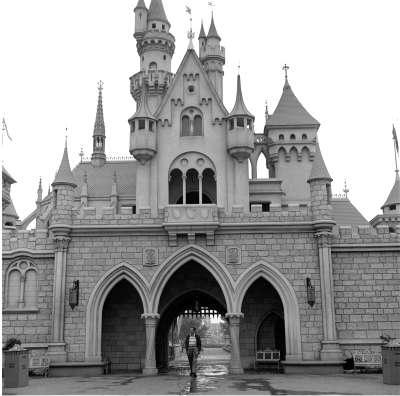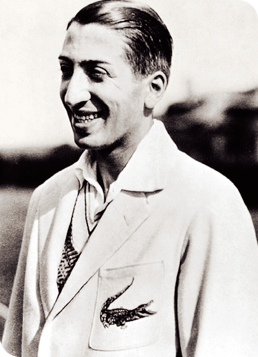The 13-ton wristwatch – A big solution to a big problem
This week a colleague, Paul Gaskell, and I are running a session for client to help them address a potentially big and challenging strategic task. Perhaps because it is in Germany it made me remember the following story. I expect I’ll use a version of the story in the introduction to the session to help inspire the team to try and think ahead…
The 13-ton wristwatch
Swiss watches have long been associated with luxury and craftsmanship. They have a reputation for being beautiful, beautifully made and very expensive, but by the 1980s Swiss watches were suffering from heavy competition from inexpensive Asian brands.
The new quartz technology had revolutionized watchmaking. A once proud industry employing nearly 90,000 in the late 1960s had seen that figure drop to less than 35,000. In this post-quartz watch world, the Swiss watch industry desperately needed to broaden its appeal and the Swatch brand was created to lead the way.
To succeed, however, Swatch would need to challenge existing perceptions of Swiss watches. It would be a big job, and the answer – at least in Germany – came in the form of a big statement: a gigantic, fully working, 13-ton, 162-metre high, bright orange Swatch that was suspended on the tallest building in Frankfurt, the commercial capital of Germany. Oh yes and the building just happened to be the headquarters of one of Germany leading financial institutions – the Commerzbank.
On the watch was printed three things: “Swatch” (the brand name), “Swiss” (its origins) and its price “DM60” (the surprise). “It was a big provocation to hang a watch from a huge grim skyscraper. And it was funny, fanciful, a joke – joy of life. Believe me when we took it down everyone we wanted to reach had received our message,” said Nicolas Hayek, the head of SMH.
The message everyone received was that here was a Swiss watch, which had all the heritage of local craftsmanship, but was a brand with a sense of humour and available at a price not previously associated with Swiss quality.
Behind this great publicity stunt was someone who came up with the idea and a team that had the skill to build the giant watch, but there was another less obvious team who needed all their ingenuity to sell the idea to Commerzbank. Without the agreement of the bank, Frankfurt would never have got its own equivalent of London’s Big Ben
What this last team did was to put themselves in the shoes of the President of the Commerzbank and identify what they thought were the main problems he might have with the concept, so that they could prepare solutions in advance.
While they recognized that there would be many little details they would need to address, the real and major concerns would be two-fold: the impact on the reputation of the Commerzbank brand and the practicalities of making it happen.
To address the first issue, the team commissioned some original research – not amongst potential Swatch customers but amongst Commerzbank customers. Helpfully, the findings showed that rather than seeing the stunt negatively, Commerzbank customers liked the idea of the bank showing its human face through its involvement in such a bold act.
Next, the team approached the local civic authorities and got their buy-in in the form of a written approval of the scheme.
With these two trump cards, the team was finally ready to go and meet the President of the Commerzbank.
By all accounts, he did raise his concerns but was impressed by the Swatch’s team planning, and they came away with his approval to proceed.
The watch was mounted on the side of the bank in 1984.






